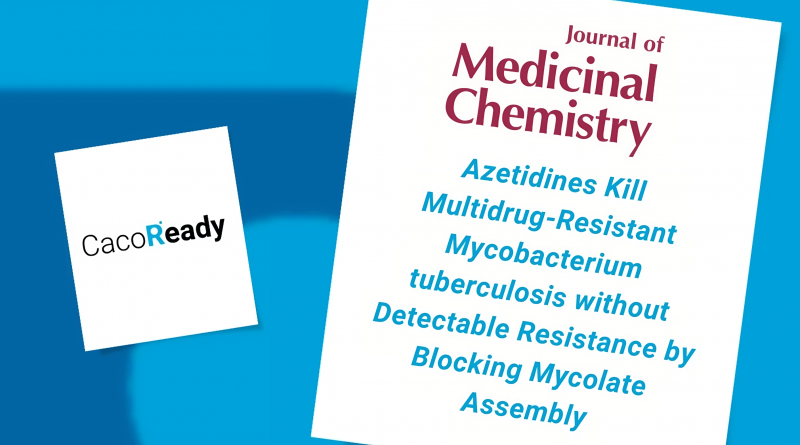Encouraging Outcomes for Novel Therapy Targeting Drug-resistant Tuberculosis
Researchers have made a significant leap forward in the fight against drug-resistant tuberculosis (TB), according to a recent study published in the Journal of Medicinal Chemistry, Volume 67, Issue 4. The article highlights the discovery of a series of azetidine derivatives, referred to as BGAz compounds, that exhibit potent bactericidal activity against both drug-sensitive Mycobacterium tuberculosis and multidrug-resistant TB strains.
The Present Status of Tuberculosis
Tuberculosis continues to be a global health concern. According to the World Health Organisation, over 10 million new cases are recorded each year. Approximately 1.5 million fatalities are attributed to TB yearly, making it the most lethal infectious disease worldwide. The growth of multidrug-resistant tuberculosis presents a substantial barrier to successful treatment approaches, highlighting the critical need for innovative methods to combat this infectious illness.
It has been demonstrated that azetidines, a family of chemicals recognised for their powerful bactericidal action, represent a possible approach to battle tuberculosis. These drugs have demonstrated extraordinary effectiveness with MIC values < 10 μM and no apparent drug resistance. Their effect includes interfering with late-stage mycolic acid biosynthesis, a critical step in mycobacterial cell envelope biogenesis. Notably, transcriptome research demonstrated that the BGAz drugs function through a different mechanism compared to existing inhibitors targeting mycobacterial cell wall synthesis.
The Role of DMPK in Improving Pharmaceutical R&D Efficiency
DMPK (Drug Metabolism and Pharmacokinetics) science is critical for enhancing pharmaceutical research and development efficiency as it provides fundamental knowledge about a potential drug candidate’s absorption, distribution, metabolism, and excretion. This information aids in the optimisation of drug characteristics, efficacy, and the minimization of potential side effects, resulting in the creation of safer and more effective therapies.
In this study, the use of CacoReady was pivotal in assessing the transport properties of the azetidine compounds. Employing a 96-transwell permeable system featuring a single monolayer of differentiated and polarized Caco-2 cells, researchers were able to evaluate drug transport in both apical to basolateral and basolateral to apical directions across the cell monolayer. Data derived from CacoReady yielded valuable insights into the compounds’ permeability coefficient and efflux ratio, crucial parameters for comprehending their transport mechanisms.
In summary, given their favorable toxicological and pharmacokinetic profiles, the azetidine compounds show significant promise for further advancement as anti-tubercular therapies. This study represents a noteworthy progression in the pursuit of effective treatments against drug-resistant TB, offering renewed optimism for improved outcomes in the global battle against this infectious disease.
Related Products




